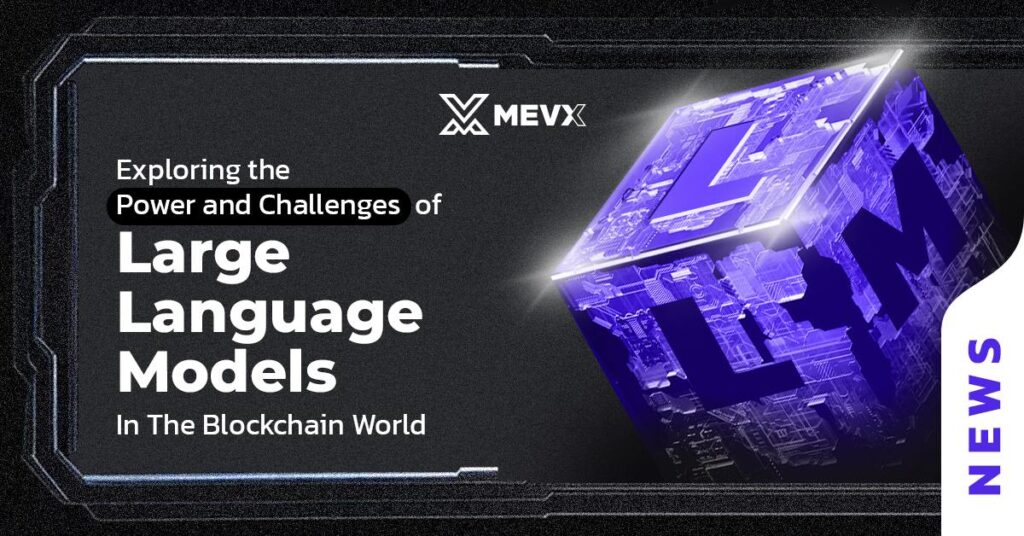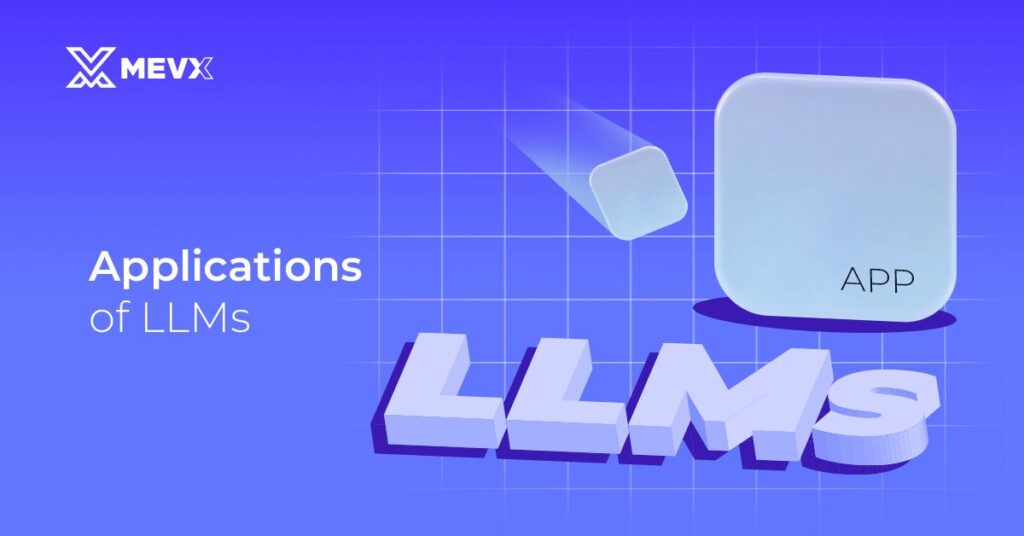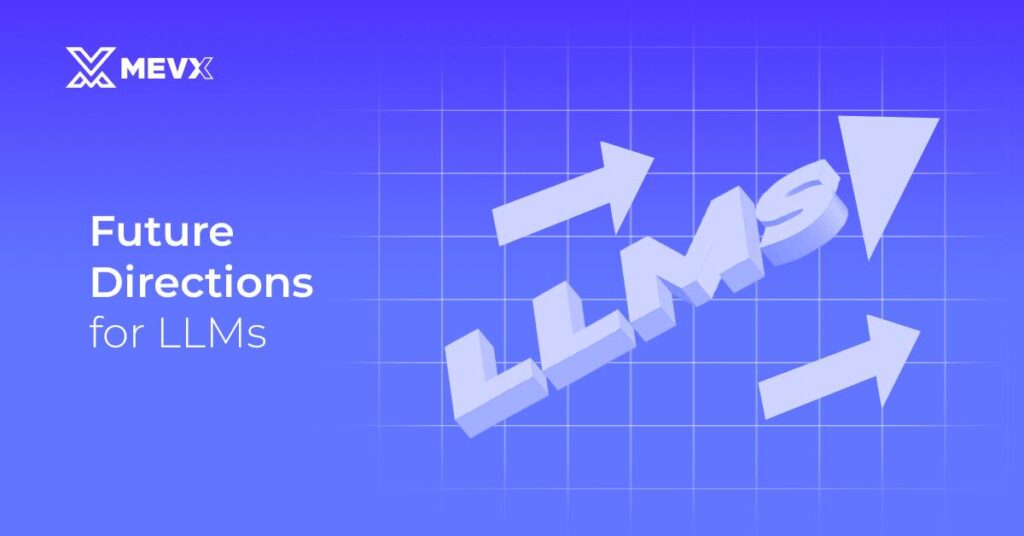The integration of Large Language Models (LLMs) and cryptocurrency is the most innovative combination of AI and blockchain. Two of the fastest-moving areas of innovation combine in a way that can define new ways of managing digital assets, analyzing markets, and interacting with communities in decentralized ecosystems. Below are some of the transformative potentials of LLMs in the crypto space, including their practical applications, new projects, and what they may mean for the future.

Understanding LLMs in the Crypto Ecosystem
LLMs are high-level AI models that train on extremely large datasets to process or generate human language with remarkable fluency. Further, LLMs evolved from the basic ability to understand natural languages into new creation and predictive insight-delivery abilities. Upon its application in the crypto industry, the LLM brought fresh ideas concerning persisting pain points: usability and information processing.
Key Applications of LLMs in Cryptocurrency

- Smart Contract Interaction
LLMs simplify blockchain interactions by interpreting natural language commands to execute smart contract operations. This eliminates the need for technical coding knowledge, making decentralized applications (dApps) more accessible to everyday users. - Customer Service
The AI-driven chatbots running on crypto platforms are very much facilitated by large language models. Instant responses from them are accurate and context-specific. This reduces the requirement for human intervention on the platform and enhances user satisfaction. - Content Generation
LLMs help automate writing for marketing materials, whitepapers, and educational materials of all kinds for cryptocurrency projects. They can also provide code snippets or documentation, therefore making project development faster.
Highlighting LLM-Driven Crypto Projects
Quite a few projects have come up that consider the juncture of LLM and blockchain in causing change to state-of-the-art technologies.
ai16z
Overview: Named as a nod to venture capitalist Marc Andreessen, ai16z operates as an AI-powered investment DAO (Decentralized Autonomous Organization). An AI agent, modeled after Andreessen’s expertise, drives investment decisions based on collective intelligence and user input.
We have covered this in our ai16z: The Pioneer AI-Managed Venture Capital in Crypto.
Functionality:
- User Interaction: Holders of ai16z tokens can pitch investment ideas directly to the AI agent. These suggestions shape the agent’s strategies, creating a collaborative investment ecosystem.
- Market Impact: It has been in the limelight due to its new approach to decentralized decision-making, reaching a peak value in times when the project generates quite a buzz and activity.
Spore.fun
Overview: Though not as well-known, Spore.fun is a good way to apply LLMs to decentralized contexts and have its direction for innovation. This is looking to create a space where AI agents dynamically interact with users and other AI agents.
Functionality:
- AI Interactions: LLMs can be utilized in improving interaction, especially in games, educational tools, or DApps where AIs change dynamically with the needs of the user.
- Future Potential: Spore.fun embodies experimentation that mixes AI with blockchain to explore what new frontiers may emerge.
To get more information about Spore.fun, check out Spore.fun Is The Evolutionary Experiment in AI and Blockchain.
Impact on the Cryptocurrency Ecosystem
The integration of LLMs is not only about automating tasks but also about shifting paradigms in how blockchain technology will work.
Decentralized AI
LLMs help in automating the generation of marketing materials, whitepapers, and all kinds of educational materials for cryptocurrency projects. It also contains code snippets or documentation that helps get started with building projects even quicker.
Tokenization of AI Services
Tokens such as AI16Z go beyond being mere currency or governance tools. They represent ownership and participation in AI-driven decision-making, creating an economy where users benefit from AI’s performance.
Enhanced Community Governance
AI can improve governance processes in DAOs by offering unbiased insights, analyzing proposals, and automating repetitive tasks. This enhances transparency and efficiency in community decision-making.
Challenges in Implementing LLMs in Crypto
Regardless of the high promise, the integration of LLMs within cryptocurrency systems will not come without challenges.
- Security Concerns
The interaction of LLMs with smart contracts is something that requires great care in order for the processes to be completely devoid of vulnerabilities. Misinterpretations or errors may lead to financial losses or other forms of exploitation. - Bias and Accuracy
LLMs learn from big datasets that can be biased. In the crypto context, this means biased financial predictions or decision-making could result in less-than-optimal or unfair outcomes. - Regulatory Uncertainty
The regulatory landscape for crypto projects with artificial intelligence remains in flux. Finding ways to innovate within the bounds of compliance is a challenge many developers and investors face. - Scalability and Cost
Training and deploying LLMs requires a lot of computational resources. Scalability has to be balanced with cost-effectiveness for wide adoption.
Future Prospects of LLMs in Cryptocurrency
At present, the interaction of LLMs with cryptocurrencies is at a nascent stage. In the near future, there will be several interesting trends and developments that will shape this area:

1. Ethical AI in Blockchain
Eradication of bias and improvement in transparency for AI systems shall be of major importance. Since the nature of blockchain guarantees immutability, accountability in decisions taken by an AI system shall be assured and, therefore, gives confidence to the users.
2. Multimodal Capabilities
Expansion of LLM into multimodal inputs—such as text, images, and numerical data—can go toward more wholesome and subtle tools for crypto traders and developers to analyze.
3. Decentralized AI Marketplaces
Already, platforms such as SingularityNET envision AI service marketplaces. In this ecosystem, the developers can sell their LLM-based tooling, and users can exploit the diversity of AI functionality.
4. Real-Time Adaptation
Using projects that apply continuous learning LLMs, it can also visualize how AI systems adapt in real time to market changes, user behavior, and network dynamics for more efficient and accurate decisions.
5. Synergy with Other Emerging Technologies
In the context when blockchain intersects with IoT, metaverses, and DeFi, LLMs can be of paramount importance in developing smart, unanimous platforms that shall smoothly respond to several use cases.
Conclusion
Large Language Models’ integration into the cryptocurrency ecosystem points to a new frontier in the direction of the smart decentralization era. The examples of ai16z and Spore.fun show how AI overcame its classic role and became actively involved in decentralized economies.
The upcoming intersection speaks not just to technological innovation but to a shift in how communities, markets, and governance structures function within this decentralized future. Yet, as that synergy deepens, so too must the attention of stakeholders to security, equity, and regulatory challenges if such growth is to be responsible and sustainable.
The journey of LLMs and cryptocurrency is well underway, but its potential to create wiser, more inclusive blockchain ecosystems cannot be disregarded. It is only in the responsible embracement of this marriage that the crypto industry can now finally seize the transformative power of AI in building a future wherein technological development really works for all.
Check out other articles on MevX Blog!
Share on Social Media:
